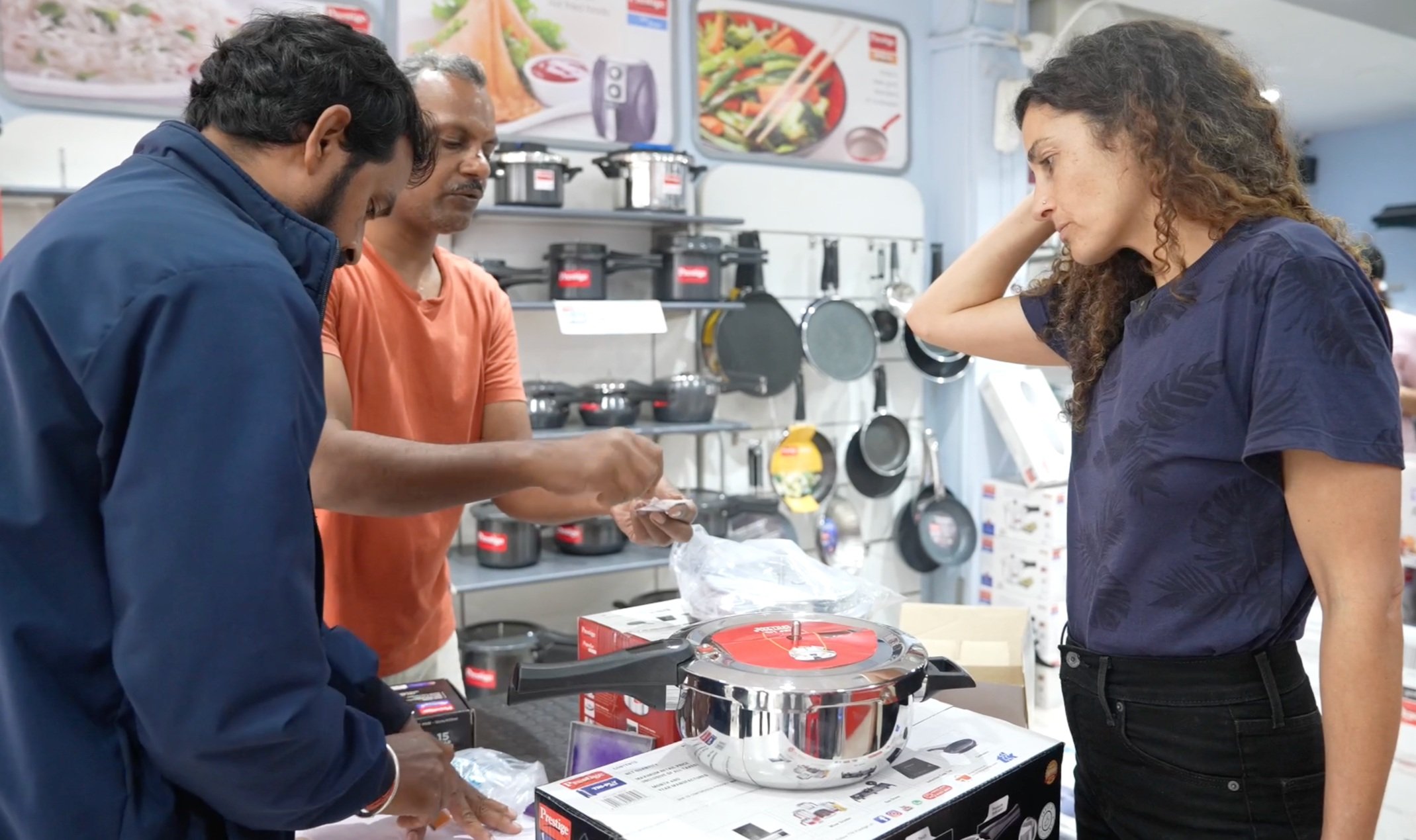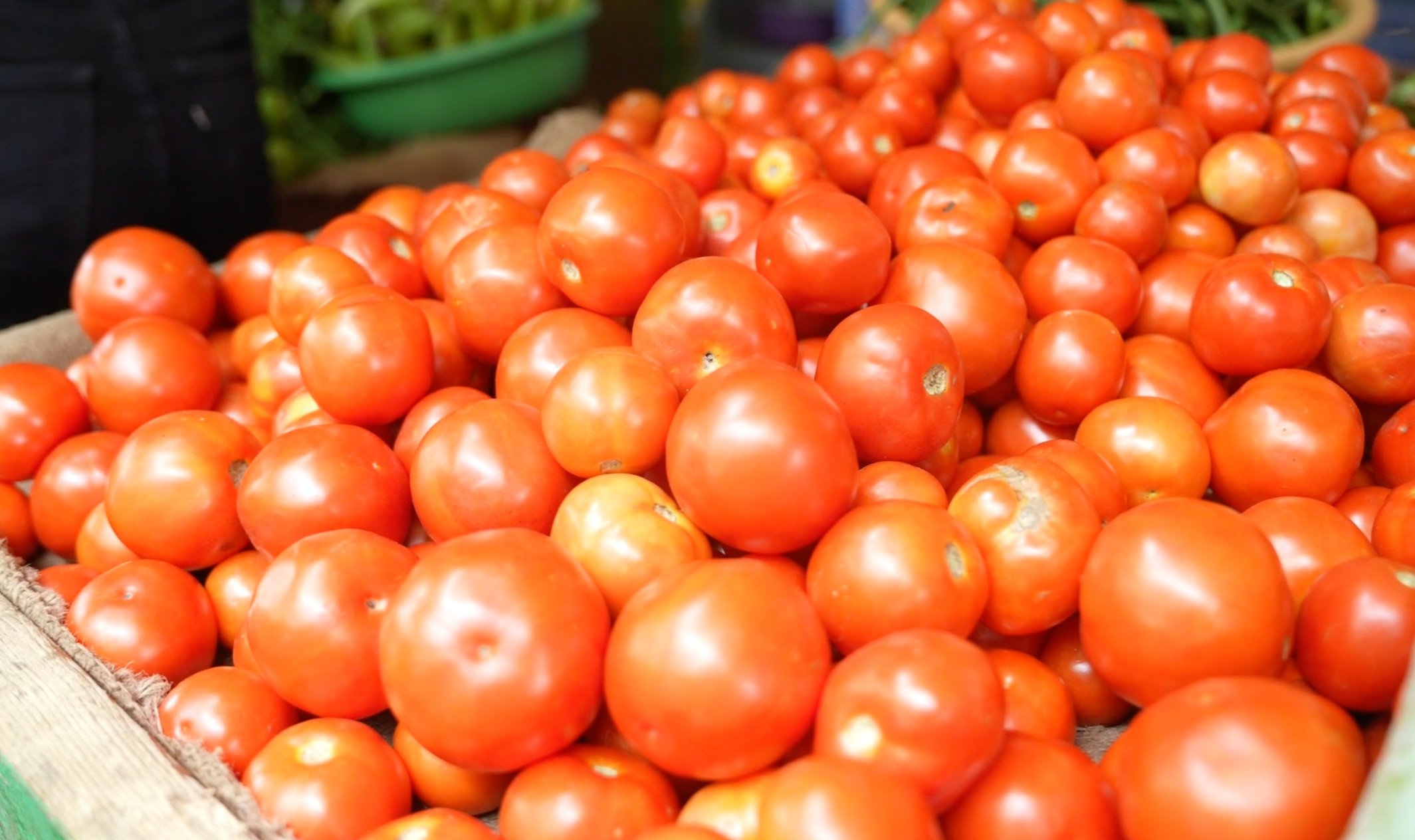KASHMIRI MUTTON YAKHNI
KASHMIRI MUTTON YAKHNI

KASHMIRI MUTTON YAKHNI RECIPE MADE WITH GOAT MEAT AND YOGURT.
Kashmiri mutton yakhni is a traditional recipe made with fresh curd and soft spicing. Tender goat meat meets soft spices in a one-pot cook that is ready in 40 minutes! Mild enough for children, it is delicious served with Basmati rice.
Learn more about Kashmiri yakhni curries >
RECIPE DETAILS
Serves: 4 as part of an Indian meal.
Cooking time: 90 minutes (including mutton cooling time).
Dietary Style: Gluten Free.
INGREDIENTS
FOR THE PRESSURE COOK
- 1.5kgs mutton, chest and shoulder
- 500 ml water
- 5 black cardamom pods, husks cracked
- 4 bay leaves
- 3 tsp fine white lake salt
FOR THE SECOND COOK
- 500 gm yoghurt, whisked
- 3 tsp fennel powder
- 1.5 tsp ginger powder
- 2 tsp fine white lake salt
FOR THE TADKA
- 2 tbsp ghee
- 9 green cardamom pods, husks cracked
- 5 cloves
- pinch of hing / asafoetida
METHOD
How to make our Kashmiri mutton yakhni curry .
STEP 1
Let’s talk about the mutton and the cuts to start with… yakhni is a dish that doesn’t like a lot of excess fat. It interferes with the yoghurt and the translation of masala. Mutton has less fat than lamb, and is also a finer protein with more delicate bones, particularly as it relates to the chest. Which is most of what we’re using here. So if you can’t get mutton and you have to work with lamb, trim the fat. Also understand there may be a different tenderness in the end result. It won’t be as subtle.
Also a note on the salt: lake salts are cleaner, sharper, and brighter than sea salt, and a little less complex than a fine pink salt. For mutton yakhni, we need a driving agent that will be strong, but not too complex. That there is not a lot of textural variation on this dish means the salt also needs to be quite “clean” and linear—a more textured sea salt, for example, would interfere with the soft and silken end result that makes yakhni a beautiful and comforting plate.
STEP 2
But to the recipe… in a large pressure cooker, combine all of the pressure cooker ingredients. Put onto high heat. Wait for the first whistle of the pressure cooker, or the first steam ejection. At this point, turn it down a little—to a medium-high heat—and continue to cook for around 12 minutes. When you think it’s done, allow the pot to depressurise on its own and the try the mutton / lamb. It should be tender already. If this isn’t the case, put it back on to pressure cook a few more minutes until you’re confident the cook is complete. Tasting at this point, the lamb should already by subtly delicious—the use of water as a base carrier of spice softens the input of the whole spice and creates a foundational structure that is less driven, and broad. This masala is soft and texturally subtle. Use of oil in the initial steps would be overwhelming.
STEP 3
Onto the rest. Empty the yoghurt into a small bowl and whisk until its smooth and thinned a little—whisking yoghurt naturally draws its acidity forward. Add this yoghurt to the pressure cooker of cooled meat and stir through. You want the meat to be cool so that the yoghurt doesn’t split: though Kashmiri’s love split yoghurt when browning certain meats to create caramelisation and tenderness, yakhni should be soft and silky.
STEP 4
Once the yoghurt has been stirred through, add the rest of the spice from this ingredient section and mix in. These spices will bring body and warmth to the masala. The extra salt is in there to drive these softer aromatics through the broad bed of yoghurt.
STEP 5
Put the pressure cooker back on the stovetop and bring to heat, just beneath a boil. This might take up to 10 minutes, courtesy of the volume of food. Toward the end of this process, pull out a small frying pan and heat the ghee for the tadka spices. Once the ghee is hot, add the aromatics and stir through for a few minutes until fragrant. Tip into the yakhni and stir through. The final addition of the tadka builds in a strong frame of aroma that holds the mutton in a firm grip. It’s a way of using spice to push the central aromatic profile—the soft mutton—forward without having to rely on heavy oil or heavy spicing.
It’s now ready to serve. Typically yakhni is served with boiled rice.
LEARN MORE ABOUT
YAKHNI
What are the benefits of yakhni?
Yakhni curries use little oil and so are lighter in calories. They are thought to be cooking to eat in summer, nutritious, and easier to digest.
What is yakhni?
Yakhni is any type of curry that uses yogurt as the main flavour carriage. Typically, a yakhni dish is mildly spiced, subtly delicious, and soft to digest.
Are there different types of yakhni curries?
Kashmiri Hindu cuisine has many different yakhni recipes, from mutton to bottle gourd, and even yakhni made with lotus root.
Is curd the same as yogurt?
Indian homemade curd is slightly fermented and so has a slightly higher acidity than a standard store-bought yogurt. It also has strong probiotic qualities.



